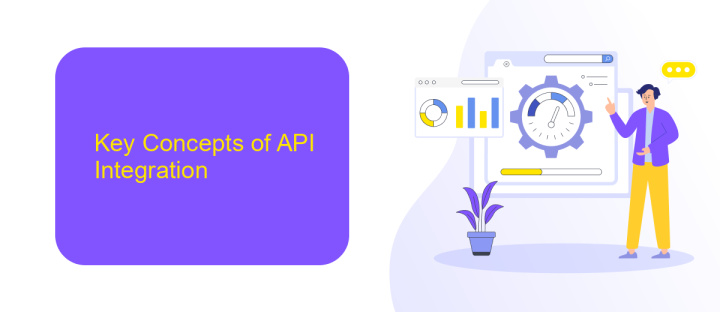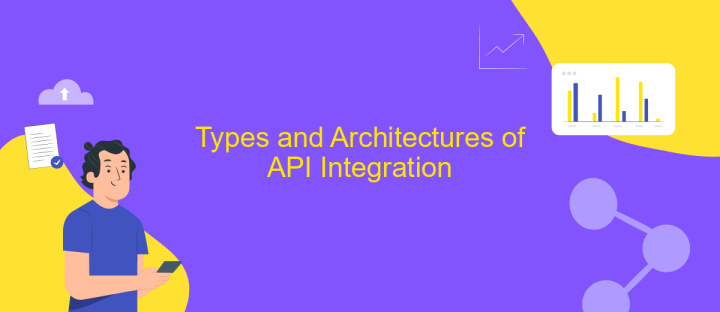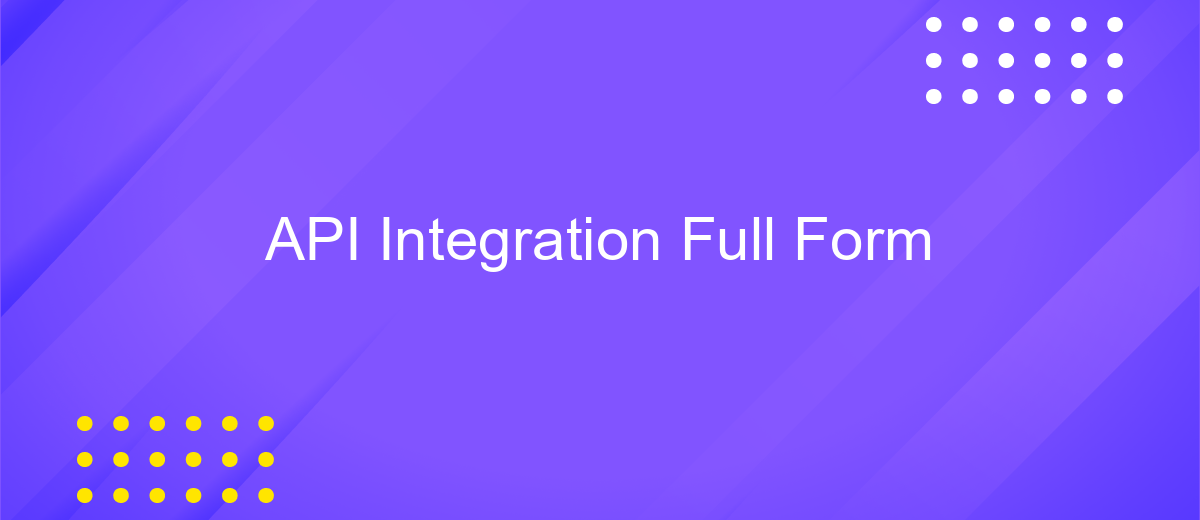API Integration Full Form
API, or Application Programming Interface, serves as a crucial bridge in the digital world, enabling seamless communication between different software applications. By defining a set of rules and protocols, APIs allow developers to integrate various services and functionalities, enhancing user experiences and streamlining processes. This article delves into the full form of API integration, exploring its significance, benefits, and impact on modern technology landscapes.
Understanding API Integration and its Full Form
API integration, or Application Programming Interface integration, is a crucial component in modern software development. It allows different software applications to communicate with each other, enabling them to share data and functionalities seamlessly. This process streamlines operations and enhances the capabilities of software systems, making them more efficient and versatile.
- Facilitates communication between different software systems.
- Enables data sharing and synchronized operations.
- Enhances software functionality and user experience.
- Reduces development time and costs by leveraging existing solutions.
Understanding API integration is essential for businesses looking to optimize their technological infrastructure. By leveraging APIs, companies can integrate new features and services without the need to develop them from scratch. This not only accelerates development processes but also allows businesses to stay competitive by quickly adapting to new technological advancements. As a result, API integration is a key driver of innovation and efficiency in today's digital landscape.
Key Concepts of API Integration

API integration is a fundamental aspect of modern software development, enabling disparate systems to communicate and share data. At its core, API integration involves the seamless connection of two or more applications via their APIs, allowing them to exchange information in real-time. This process is essential for enhancing functionality, improving efficiency, and enabling automation across platforms. By leveraging APIs, businesses can streamline operations and provide users with a cohesive experience across different applications and services.
One of the key concepts in API integration is the use of middleware tools like ApiX-Drive, which simplify the process of connecting various software applications. These tools offer a user-friendly interface to configure integrations without extensive coding knowledge, making it accessible to a broader audience. ApiX-Drive, for example, allows users to automate workflows by linking applications, ensuring data consistency and reducing manual effort. Understanding these concepts is crucial for businesses aiming to optimize their digital infrastructure and harness the full potential of interconnected systems.
Types and Architectures of API Integration

API integration is a vital element in modern software development, enabling different applications to communicate and share data seamlessly. Understanding the types and architectures of API integration is crucial for developers to create efficient and scalable systems.
- RESTful APIs: Representational State Transfer (REST) is a widely used architecture that relies on stateless communication and standard HTTP methods. It is suitable for web services and offers simplicity and scalability.
- SOAP APIs: Simple Object Access Protocol (SOAP) is a protocol-based architecture that uses XML for message formatting. It is known for its robustness and security, making it ideal for enterprise-level applications.
- GraphQL APIs: GraphQL is a query language for APIs that allows clients to request only the data they need. It provides flexibility and efficiency, particularly in applications with complex data requirements.
- Webhooks: Webhooks are user-defined HTTP callbacks that trigger real-time data sharing between applications. They are efficient for event-driven processes.
Each API integration type has its unique advantages and challenges, and the choice depends on the specific requirements of the project. By selecting the appropriate architecture, developers can enhance the functionality and performance of their applications, ensuring seamless data exchange and improved user experience.
Benefits and Challenges of API Integration

API integration has become a cornerstone for modern businesses, enabling seamless communication between different software systems. By allowing applications to interact with each other, API integration enhances efficiency and streamlines operations. It facilitates data exchange, which can lead to more informed decision-making and improved customer experiences.
Despite its advantages, API integration comes with its own set of challenges. Ensuring compatibility between different systems can be complex, and security concerns are paramount, as data breaches can occur if APIs are not properly managed. Additionally, maintaining and updating APIs requires significant resources and expertise.
- Improved efficiency through automation
- Enhanced data accessibility and sharing
- Increased scalability of business operations
- Potential security vulnerabilities
- Complexity in managing multiple APIs
In conclusion, while API integration offers numerous benefits such as increased efficiency and scalability, it also presents challenges like security risks and management complexities. Businesses must weigh these factors carefully to maximize the advantages while mitigating potential drawbacks. Successful API integration demands strategic planning, robust security measures, and continuous monitoring to ensure optimal performance.
- Automate the work of an online store or landing
- Empower through integration
- Don't spend money on programmers and integrators
- Save time by automating routine tasks
Best Practices and Future Trends in API Integration
API integration is a critical component of modern software development, and adhering to best practices ensures seamless connectivity and functionality. One key practice is to prioritize security by implementing robust authentication and authorization mechanisms, such as OAuth. This protects sensitive data from unauthorized access. Additionally, developers should focus on designing APIs with scalability in mind, allowing for future growth and increased traffic. Utilizing comprehensive documentation and versioning strategies can also enhance the developer experience, making it easier for teams to implement and maintain integrations over time.
Looking ahead, the future of API integration will likely be influenced by emerging technologies such as AI and machine learning. These advancements can optimize API management processes and improve data analysis capabilities. Additionally, tools like ApiX-Drive are set to play a significant role by simplifying the integration process, allowing businesses to connect various applications without extensive coding knowledge. As the demand for interconnected applications grows, staying updated with these trends and leveraging innovative solutions will be essential for businesses aiming to maintain a competitive edge.
FAQ
What is the full form of API in the context of API integration?
Why is API integration important?
How does API integration work?
What are the common challenges faced in API integration?
How can API integration be automated?
Strive to take your business to the next level, achieve your goals faster and more efficiently? Apix-Drive is your reliable assistant for these tasks. An online service and application connector will help you automate key business processes and get rid of the routine. You and your employees will free up time for important core tasks. Try Apix-Drive features for free to see the effectiveness of the online connector for yourself.


